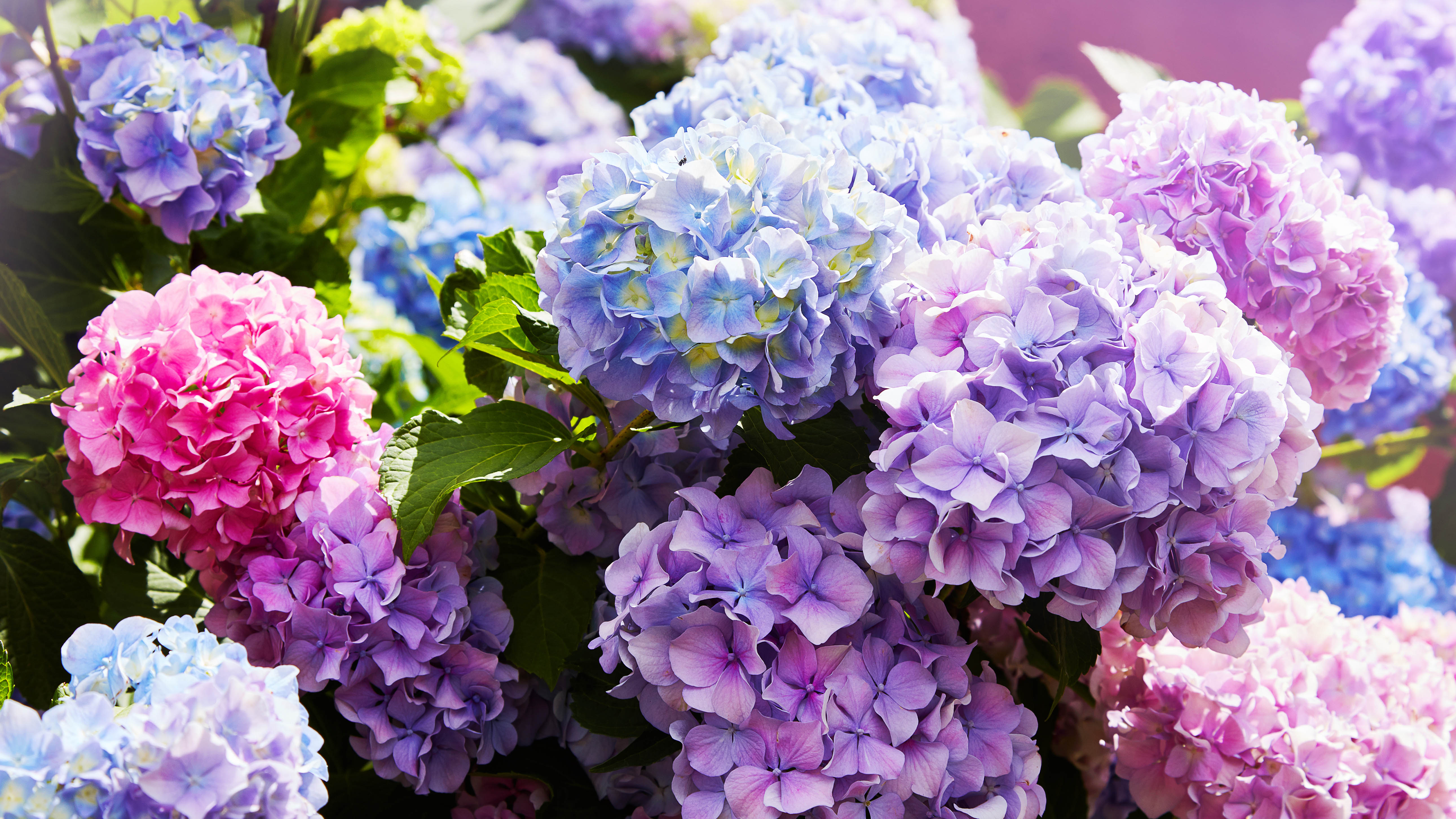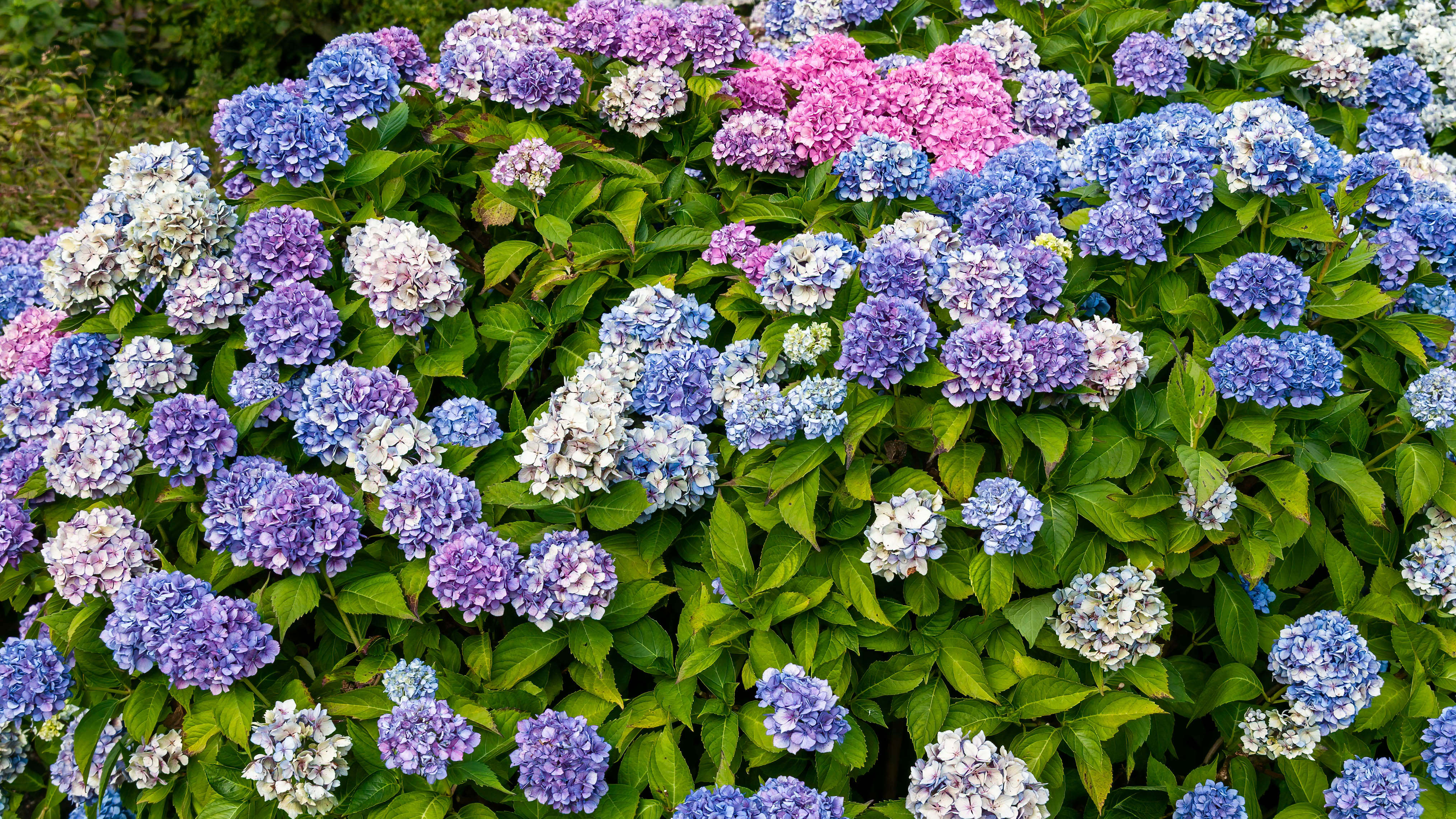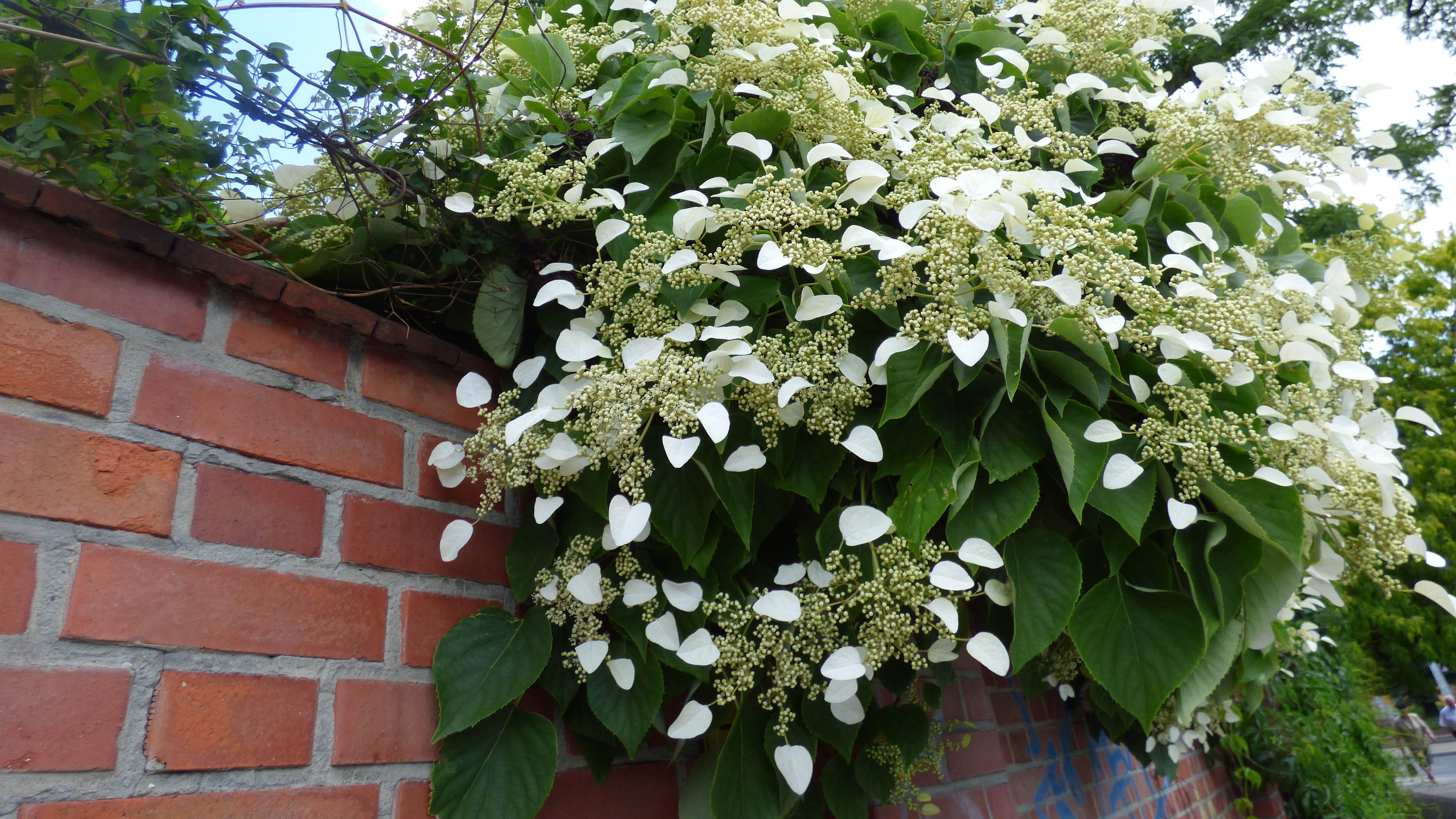How to prune hydrangeas and when you should do it

Learning how to prune hydrangeas can keep this beautiful shrub in check. Hydrangea flowers are gorgeous in bloom — bursting with pink, purple or white bunches. But, this plant can quickly get carried away and appear more untidy than we like, prompting us to get out the best pruning shears.
Now that you’ve taken the time to learn how to winterize hydrangeas, and you’ve successfully deadheaded any spent flowers, you need to prune back your hydrangea ready for its prime growing season. This is an unnerving task for any keen gardener — you don’t want to cut back more than necessary, but you want to get rid of any excess. Pruning your hydrangea is also beneficial for its health, so it’s worth taking the time to do this. And you'll want to avoid these 5 hydrangea pruning mistakes in the process.
If you need guidance on how to prune hydrangeas, we’ve got you covered. We’ve broken down what you need to do step-by-step, covering different varieties of hydrangea as well as timings, so you can get the best results. Be sure to watch out for these 5 mistakes to avoid when growing hydrangeas.
Why not learn how to prune roses, how to prune lilacs and what plants to prune in August while you’re at it? Or if you're dealing with a hedge, here are 7 mistakes to avoid when trimming a hedge.
Why should you prune hydrangeas?
If you don’t prune your hydrangea, it will overgrow and look less presentable. The blooms will not be as vibrant as they could be, and you might notice it becomes more ‘woody’ looking too. Pruning is healthy for your hydrangea, as it encourages growth and fresh flowers — it will ultimately make your hydrangea look better in the long run.
Depending on the type of hydrangea you have, different pruning methods will apply. This guide covers three of the most popular types: mophead, lacecap and climbing hydrangeas.
How to prune mophead and lacecap hydrangeas

1. Remove last year’s flowerheads using a pair of the best pruning shears. You want to cut down to just above the fresh buds.
Get instant access to breaking news, the hottest reviews, great deals and helpful tips.
2. If your plant appears congested, you can cut diagonally between the buds so only one shoot continues to grow.
3. Cut away any thin or delicate stems which can be found near the base as well as any old stems which have seen better days. This encourages new and stronger growth.
4. If your hydrangea is really overgrown and you want it to start again, you can cut right down to the base. Bear in mind that it likely won’t bloom again until the following year.
How to prune climbing hydrangeas

1. You should cut back the shoots on climbing hydrangeas immediately after flowering stops. Start by trimming back the previously flowered shoots to a fresh pair of new buds. Most flowers will appear on the top of the plant, so avoid pruning this area if possible.
2. You can prune back harder than this if necessary, but you will be giving up next year’s blooms. If you plan to severely prune back your climbing hydrangea, but you want to keep the flowers, prune it back gradually over a number of years instead.
Most other types of hydrangea will only need minimal pruning and trimming to get rid of any old stems or reduce the size.
When to prune hydrangeas
For mophead and lacecap hydrangeas, you should prune them in the late winter or early spring. Do not prune these just prior to winter as without the flowerheads, the frost can kill the plant.
Climbing hydrangeas, on the other hand, should be pruned once the flowering stops, which tends to be immediately after summer. You shouldn’t do this any other time of the year as you could be cutting off new buds.
Done with your hydrangeas? Then check out what you can plant in March as Spring arrives and also find out how to deadhead roses to keep them blooming.

Katie Mortram used to be a Homes Editor for Tom's Guide, where she oversaw everything from kitchen appliances to gardening tools, as well as smart home tech. Specializing in providing expert advice for cleaning and home manintenance, she now works as Household Advice Editor for Good Housekeeping.
